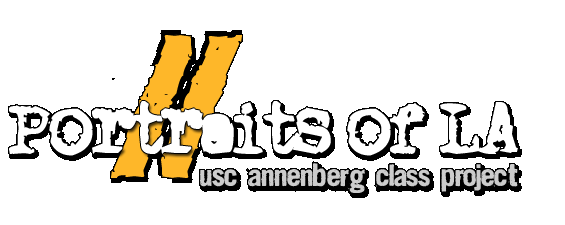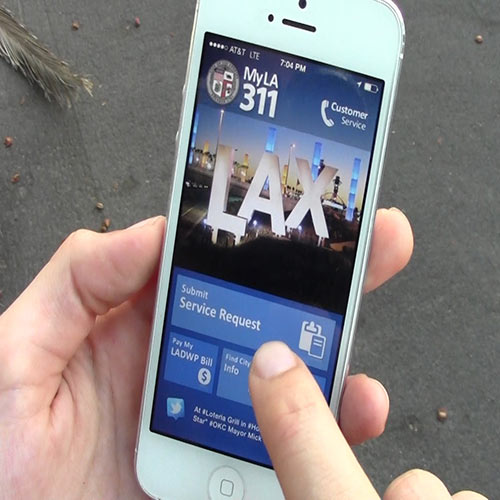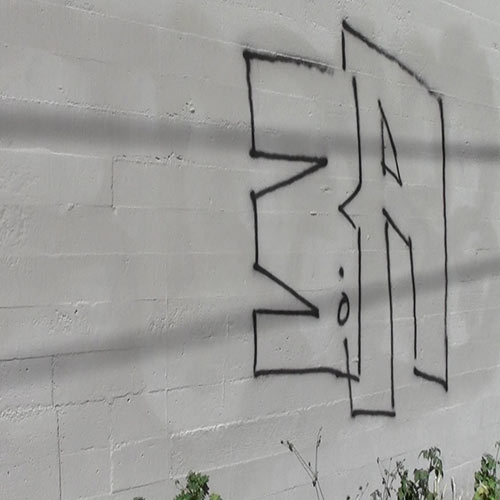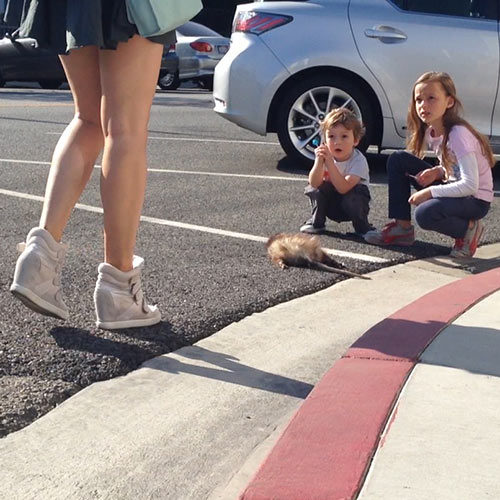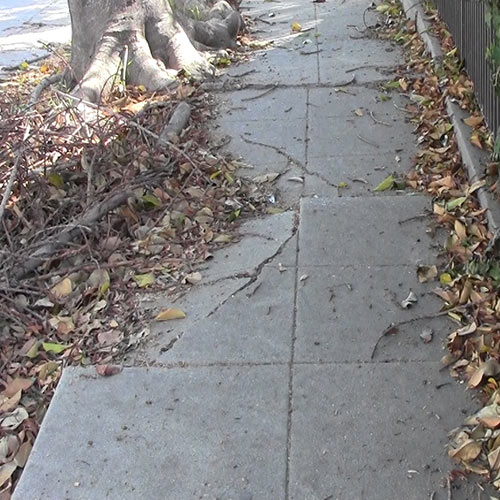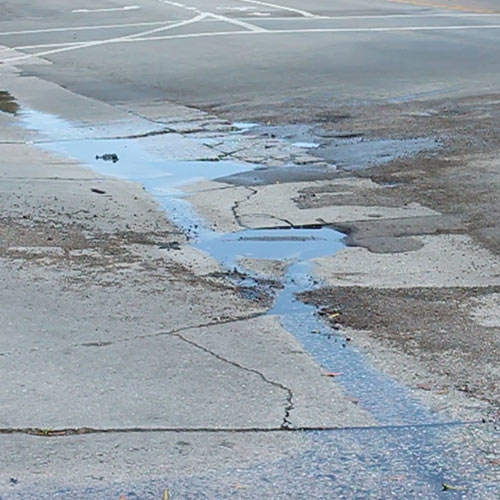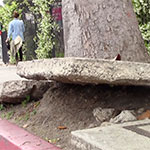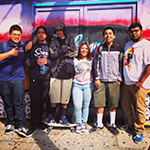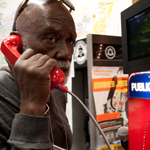MyLA311 app requests by type
The most popular request made via the MyLA311 app was graffiti removal. Many requests are "repeat" requests for new graffiti on the same structure. The call center's most popular request is bulky item pick-up.
Los Angeles City Hall advisors have proposed a half-cent sales tax increase to raise $4.5 billion over a 15 year period to repair severely damaged roads and sidewalks.
Pico-Union is one of the most populated neighborhoods in Los Angeles with a large number of young people residing there. Poverty and the lack of social resources have troubled the teenagers in the neighborhood for years. But recently, a change has come to the community: some young people have brought their non-profit programs to the neighbourhood to help their peers.
Ben Caldwell, the creator of Kaos Network, says he is all set for Leimert Park’s new renaissance. The filmmaker, community activist and documentarian who has been at Leimert for the last 30 years, plans to focus more on his first love - filmmaking - in the future. This is an in-depth profile of the man who is fondly called by many as “the father of Leimert Park."
The freshly painted walls are a graffiti artist’s dream come true. The building is windowless, and its sides are smooth and unmarked, save for a garage door that opens to a back alley.
Ryan Honey lives a few houses down from the structure and says taggers take full advantage of the blank canvas.
“When we moved in here seven years ago it was covered in graffiti,” he said. “No one pays attention to it or loves on it.”
Honey says the building still gets hit by graffiti about once a month, but now he and his neighbors report it using the MyLA311 app. The city comes out to paint over the tags within days.
“I’m a habitual user,” said Honey of the service. He’s also reported illegal dumping and graffiti on a vacant restaurant near his home. “We tell all our neighbors, and they’ve preached to other neighbors.”
The app launched in March 2013 as a slick new way to use the existing 311 services offered by the city, like sidewalk maintenance, tree-trimming, and pothole repairs.
Listening to Ryan Honey gush, it’s easy to assume that Angelenos everywhere use it to clean up their homes and the streets they live on, but L.A.’s city services app got little use in its first year.
Residents submitted almost 50,000 requests through the app in the past year, but that’s only a small percentage of the total the city received. Most of the 1.2 million yearly requests are still made through the 311 call center, housed in City Hall East.
Honey’s home in Atwater Village lies in Council District 13, which used the app more than any other district in the city. The district was represented by Mayor Eric Garcetti during his time as a city councilman.
Garcetti launched a pilot of the application called “Garcetti 311” in 2010. Residents in his district could use the app to report problems like graffiti and potholes by sending in pictures and location details.
The pilot was a success, and the application was renamed MyLA311 and expanded by then-Mayor Antonio Villaraigosa to cover the entire city.
Honey used to call 311 before the app was released, but said it was slower and he often had to wait on hold for someone to pick up.
Donna Arrechea is the director of the call center, which handles both calls to the 311 hotline and the incoming app requests. She said there hasn’t been a big push to publicize the app.
“Nowadays it seems like it’s 40 percent of the population that has a smartphone,” said Arrechea. “You’d think a lot more people would have it.”
She noted that the city’s hesitance to promote its new technology might be practical.
“It’s additional work right now. We made the mobile app, but we didn’t add any resources, like headcount,” she said. “The idea was to decrease the number of calls and get more people to use the mobile app, but now, as it is, it’s not a big savings.”
Arrechea’s agents get an email whenever someone like Ryan Honey makes a request using the app. Then, they either manually enter the information into their system as a ticket, or they forward the request to the appropriate department.
The second part – the need to forward requests to other departments – is one of the main reasons for a planned overhaul of the 311 service. L.A.’s operations systems aren’t centralized or even integrated, which makes it hard for city council members, for example, to run reports and collect data on their district’s 311 requests.
Other cities with more robust 311 services are changing the way they operate thanks to big data. They can use request locations to plot current problem areas, but also to actively predict future needs. Arrechea cites an example of a city that used 311 requests to determine where increases in the rat population were likely.
“They actually went out and baited and prevented that from occurring,” she said, clearly impressed.
Call center requests by type
True to its motto, "One Call to City Hall," the call center offers more services
than the app, such as setting up permit inspection appointments.
Los Angeles city officials working on the 311 revamp aim to make these kinds of insights easily available. The project hinges on a new constituent relationship management (CRM) program that will standardize the system that city departments use.
The city will also update the MyLA311 app to include a searchable knowledge base of city information and procedures in the hopes that residents can “self-service” some of their requests.
A report to the city council from Steve Reneker, general manager of the city’s Information Technology Agency, says that the first phase of the project will unify the Department of Public Works services and will simplify “intake, resolution, tracking and reporting” of 311 requests.
Ryan Honey’s wish list for the app includes more communication between the city and the user, and he said it’s a “no-brainer” that the city should use the data it collects to deploy resources more efficiently.
He’ll get both of those with the new application, which is set to debut in May next year.
Donna Arrechea says there will always be people who prefer the call center. She points out that not everyone has a smartphone, and not everyone speaks English. The call center offers their services in up to 150 languages.
Arrechea says her team also aims to be a resource for all things Los Angeles, not just the problems and eyesores.
“I don’t think it’s ever going to go away completely,” she said of the call center. “You have to have a lot of different channels. The public wants to communicate in whatever way is convenient to them.”

